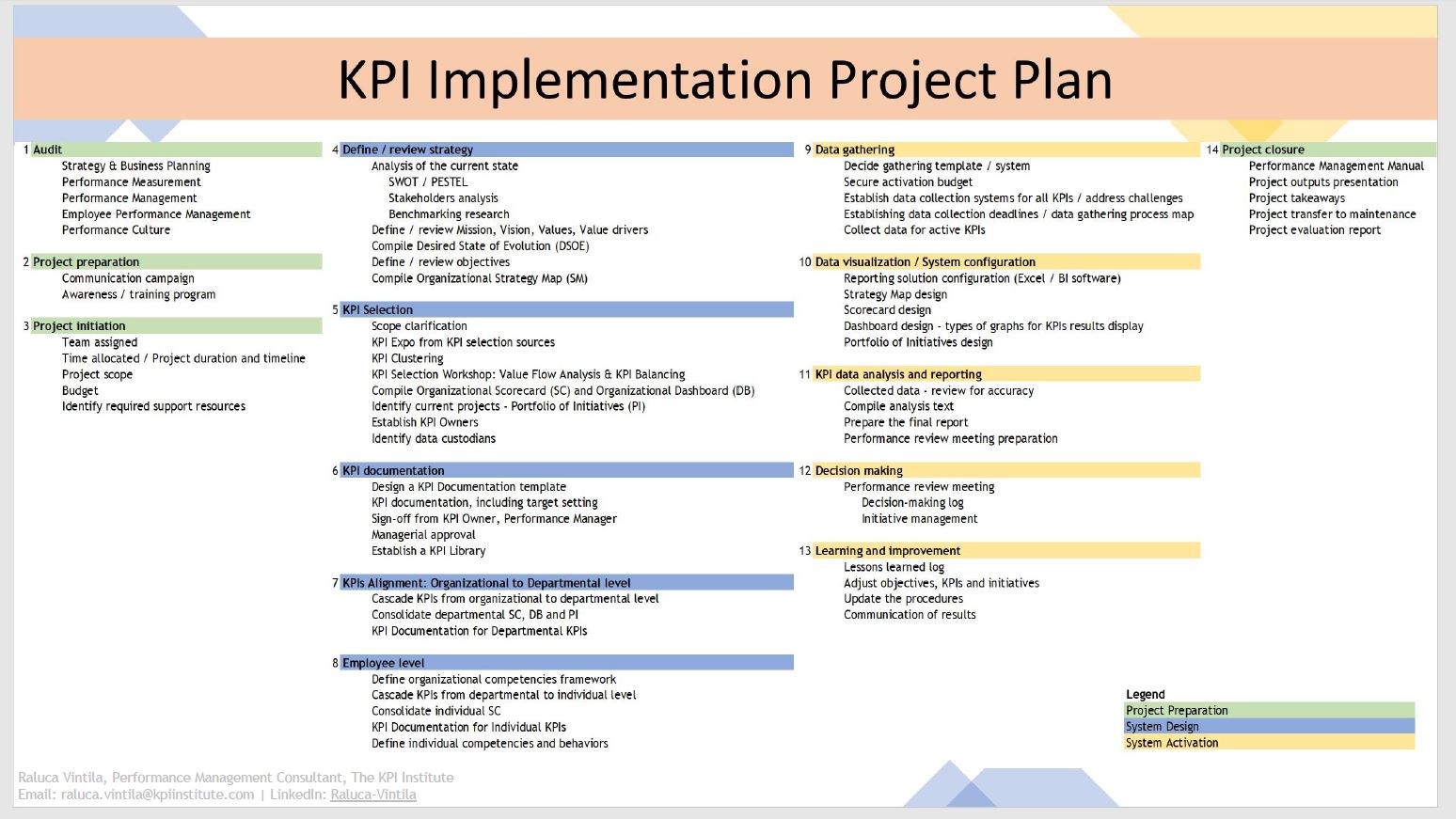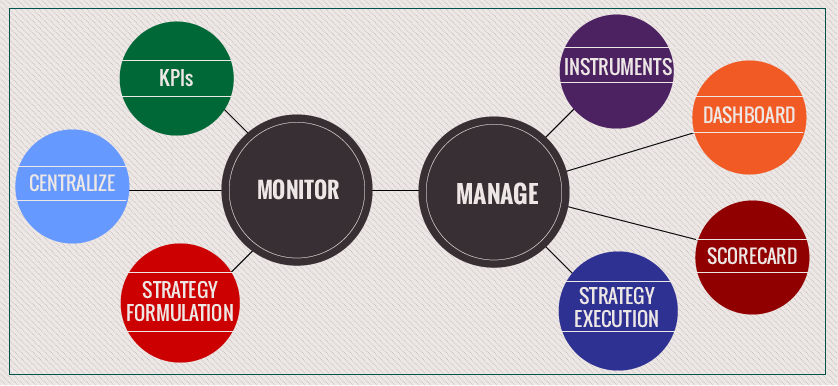The impact of the pandemic on performance management practices

Image Source: aleksandrdavydovphotos | Canva
The COVID-19 pandemic has left a strong mark in all aspects of our lives. It has impacted society – our habits, routines, and the way we interact. It has pressured the economy, its financial stability, and the way we do business.
Thus, what has changed in the way managers are doing performance management in these volatile times?
1. The way we do strategic planning
Before the pandemic, risk management, scenario planning, and business continuity plans were specific to large corporations. Nowadays, even small organizations will have a plan B ready for different scenarios of the COVID-19 evolution. There are industries, like retail, where all planning revolves around foresting based on historical data. Nowadays, using data from the past to plan the future seems a futile attempt to regain the feeling of control.
Moreover, most organizations, regardless of their industry, rely on annual if not 3 to 5 years planning. It is obvious that in the present circumstances and given the complexity of managing a business nowadays, these strategic planning practices seem useless.
2. The importance given to performance measurement
More than ever before, real-time data is a vital management tool. Access to data is critical in managing a crisis. One of the positive side effects of the pandemic was the pressure to digitize operations that create opportunities for data collection and better measurement of operations.
3. The way employees can be evaluated
Remote work and hybrid systems (combining work from home with office time) are no novelty, but in the COVID-19 circumstances, they gained significant recognition and became the norm rather than the exception for many organizations.
Managers and team leaders can no longer directly observe employees. There is a series of soft competencies, like communication, collaboration, proactivity, and creativity that are very difficult to evaluate in an online working environment, and yet they are essential skills for many jobs.
What is the way forward?
1. A different way of planning
Risk management must be an inherent part of organizational strategy, regardless of the company size. You don’t need a risk management office to have a proactive management approach and handle risks well. Small organizations can use their performance scorecard and populate it with leading KPIs or Key Risk Indicators.
For example, setting a red line level for # Days in accounts receivable can help you manage better cash flow, monitoring # Safety non-compliances can provide insights into the risk exposure to # Work accidents resulting in mortality. Identifying different scenarios in key areas of business and having contingency plans can give any organization a heads-up in case of a crisis.
Strategic planning must concentrate on shorter time horizons and reassess a series of factors that organizations may not have considered on a quarterly basis.
Government interventions, international economic context, competitors’ reactions, customers’ preferences, customers buying power, suppliers’ situations, internal capabilities and optimization potential, and employees morale and productivity are factors that have changed post-pandemic and need to be investigated. Moreover, agile strategic planning processes must be set in place to enable the organizations to react fast to changes.
2. Changes in the performance measurement framework
In the face of chaos, the most effective tool to put everyone on the same page is to use clear objectives, KPIs, and initiatives, even short-term ones. The challenge is to adapt the measuring and reporting of performance to respond to tight deadlines. Data must be available fast, preferably in real time.
Thus, identify five to 10 KPIs that are easy to use, concise (tackle the problem directly), and can be collected with high frequency (weekly, monthly). These will be the ones that help you navigate a crisis. Now is the time to replace complex measurements and reports with simple yet relevant tools.
In the medium term, most likely for many organizations, the entire strategy must be reconsidered and linked to relevant performance scorecards in which simple measurements can be combined with more complex KPIs to provide a holistic overview of performance.
3. Focus on building the right mindset for each job than defining the specific job outputs
Many organizations invest a significant amount of time in identifying the right KPIs and targets to capture as precisely as possible the employee’s performance or productivity. Moreover, the more complex the job is, the more difficult it is to capture all contributions in relevant KPIs. In a volatile business environment, such an approach makes targets and KPIs obsolete the moment they are communicated.
The performance criteria used for employee evaluations should be flexible, easy to adapt and more focused on the extent to which the role is successfully achieved, as compared to looking at operational details. For example, it should be less important if the employee delivered one or three safety awareness sessions to factory workers if their awareness level is at the desired level.
One methodology that can be used at the employee level is the Objectives and Key Results Framework. OKRs are set and reviewed quarterly, but they can be changed even more often if the result set is no longer of interest. They emphasize on the importance of personalizing the objectives and key results and making the employee accountable for setting and monitoring them. Not all key results have to be KPIs; some of them can be reflected by completing an initiative or other types of results.
The end purpose of an OKRs system is not to compare employees or indicate what percentage of your staff are high performers. This methodology aims to facilitate communication, clarify expectations, align work activities to corporate strategy, and to provide a tool for managers and employees for discussing individual performance and improvement opportunities.
You can learn more about OKRs through The KPI Institute’s Certified OKR Professional Course.




